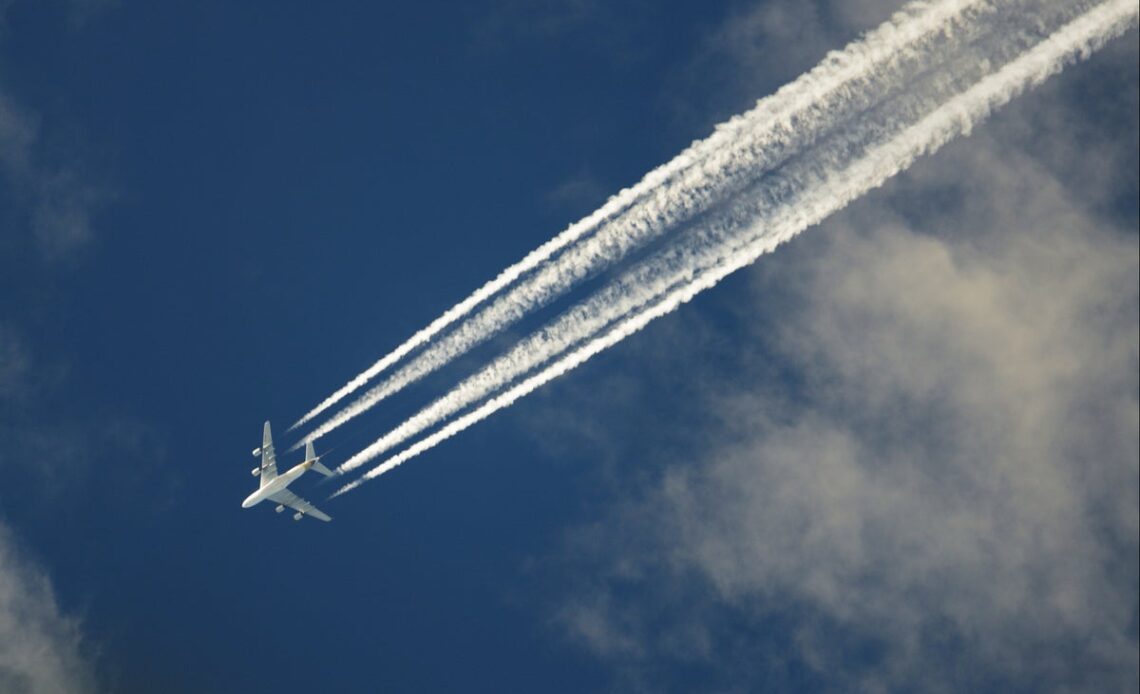Choosing to travel by train for a European holiday will cost an average of four times the cost of flying, according to a major new report from Greenpeace, which has blasted the price difference as “outrageous”.
In some cases there could be 30 times the difference in cost, such as routes between Barcelona and London, with rail operators unable to compete with tickets on sale for as little as £11.10. The campaign group said that shifting the 3.36 million annual flights between the UK capital and Barcelona to rail would save approximately 461,000 tons of harmful greenhouse gases – equivalent to the annual emissions of all the cars in Glasgow.
The report blames price differences on an “uneven regulatory playing field that benefits low-cost airlines at the expense of the climate and workers’ rights”.
On the eve of one of the busiest flying periods of the year, as schools across Europe are breaking up for the summer holiday, the study, which compared ticket prices on 112 routes between 27 major European cities, found that flights were generally cheaper on 70 per cent of routes, with trains twice as expensive as flying on average.
The UK performed worse than average, with people paying four times as much for train journeys to and from the country. Flying was consistently cheaper on all 12 of the UK routes in the study, including domestic routes between London and Scotland, the report shows.
Countries with the most expensive train tickets compared to flights are the UK, Spain, Belgium, France and Italy. In Central and Eastern Europe, trains are more often cheaper in relation to flights than in Western Europe; however, the train frequency, speed and connections are usually worse.
The report found that despite some “really effective” train routes, such as Amsterdam-London, London-Edinburgh and Toulouse-Paris, they are still among the most popular short-haul flight routes in Europe – and remain cheaper than travelling by rail.
Of the more than 100 routes analysed, the train was deemed “almost always cheaper” on just 23, with six of them having no direct flights and another six not served by low-cost airlines. Greenpeace only considers 12 of the 23 to be “great train routes”, which it defines as having more than three daily direct connections (day and night for longer routes), travelling at a good average speed, high…
Click Here to Read the Full Original Article at The Independent Travel…
